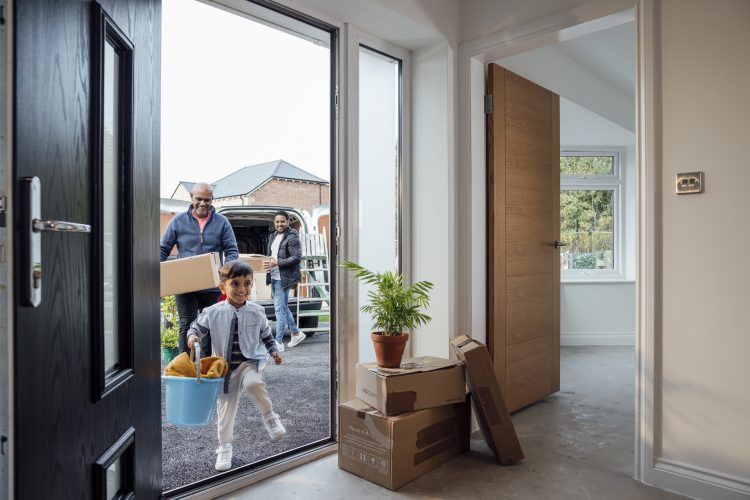First-time homebuyers are optimistic when it comes to buying a home in 2024, with 61% indicating that now is a good time to buy, according to a recent realtor.com® survey. And when it comes to investing in their first home, they may find the best luck in some unexpected places.
In the report, realtor.com® unveiled the Best Markets for First-Time Homebuyers in 2024. This year’s ranking includes Irondequoit, New York; Benton, Arkansas; Winterset, Iowa; Newington, Connecticut; Council Bluffs, Iowa; Cheektowaga, New York; Grand Rapids, Michigan; Moore, Oklahoma; Mattydale, New York and Riviera Beach, Maryland.
“Buying a first home can be a daunting task. Couple high interest rates with historically low inventory of homes available for sale in 2023 and hopeful buyers have faced a particularly challenging market,” said Danielle Hale, chief economist at realtor.com®. “While affordability will remain an issue in 2024, a recent realtor.com® survey showed that 95% of prospective first-time homebuyers overwhelmingly feel that they’ll be able to afford a home within their lifetime, with 40% saying they’ll be able to afford it within the next year.”
The analysis uncovers a collection of small to mid-size towns and cities that are hidden gems of opportunity where affordability meets healthy inventory, culture and liveliness, lower than average commute times, forecasted price growth, and good company of similar-aged peers.
Affordability – As one of the biggest purchases consumers will make in their lives, affordability is a major decision driver. Realtor.com® looked at listing prices compared to gross household incomes of 25- to 34-year-olds in a city for the past 12 months to understand home affordability. The top markets had an average 2023 listing price to income ratio of 3.1 compared to the national rate of 5.4. Additionally, homes in these towns/cities had a median listing price of $382,000, 42% lower than the national average. Within the top 10 list, Mattydale, New York, was the most affordable market relative to local incomes for 25- to 34-year-olds.
Investing in growth – Buying a home is not only a large investment upfront, it’s a commitment for the duration of ownership, which means investing in the ongoing upkeep and maintenance of the home. Naturally, first-time homebuyers are looking for homes that fit everything they want, but also provide opportunities for their investment to grow. The top markets are located within metro areas that have an average forecasted 2024 home price growth rate of 6.1%, which is considerably higher than the national expected decline of -1.7%. Irondequoit, New York, is located in the metro area with the highest expected median sale price growth rate—10.4%.
Options to buy – At a time marked by chronically low inventory levels, the top markets had an average count of 40.2 active listings per 1,000 existing households in 2023, and one area in particular, Riviera Beach, Maryland, had the most active listings per household (59.3 per 1,000) across the list of top 10.
Things to do – It’s not only about the house, but what surrounds it, and first-time buyers are keen on finding areas that have plenty of things to do. The top places on this year’s list have great options for restaurants, shopping and entertainment businesses. As a group, the top cities and towns have 16.6 of these businesses per 1,000 households, slightly higher than the overall city/town average of 15.6.
Shorter commutes – The time it takes getting to and from work is a major consideration for homebuyers, especially as return to office becomes more prevalent. With an average expected 2024 commute time of 24 minutes for the top cities on this year’s list, they clock in at less than the city/town average of 30 minutes and the national rate of 29 minutes—saving commuters nearly 50 hours per year for a five-day commuter.
Youthful towns – Along with having things to do, first-time buyers may want to be close to people in similar life stages and around the same ages. The share of homeowners between the ages of 25 and 34 in this year’s top markets is 8.1%, well above the national average of 5.4%.












